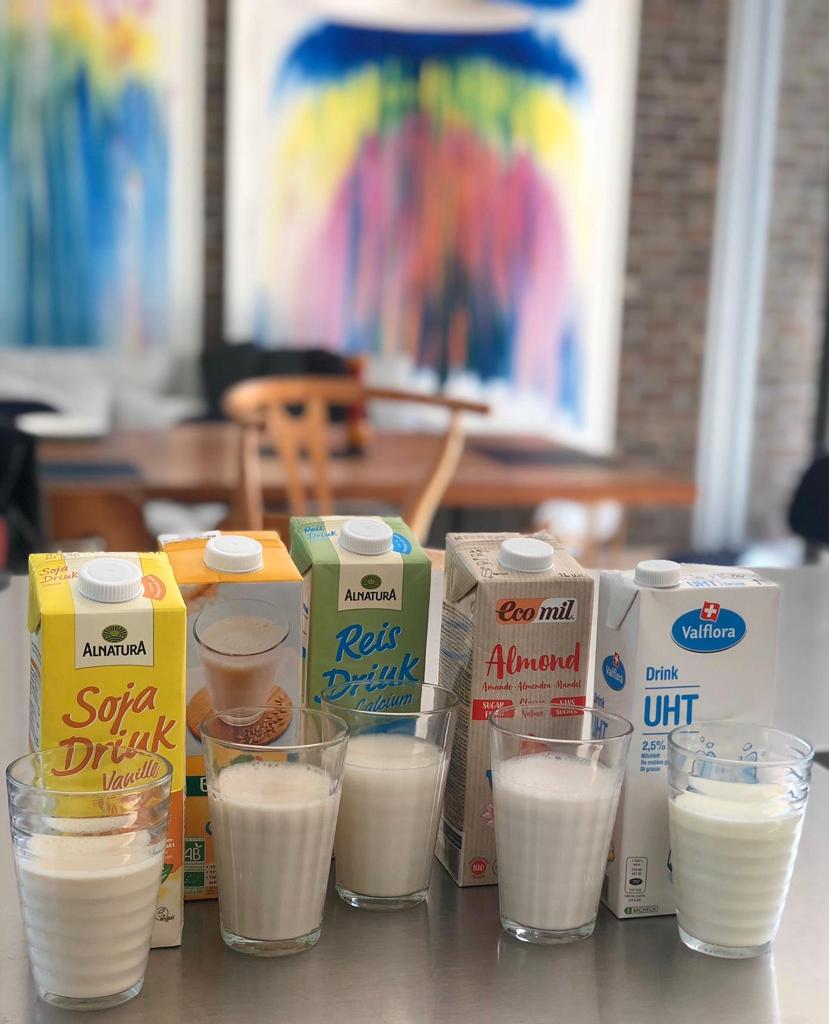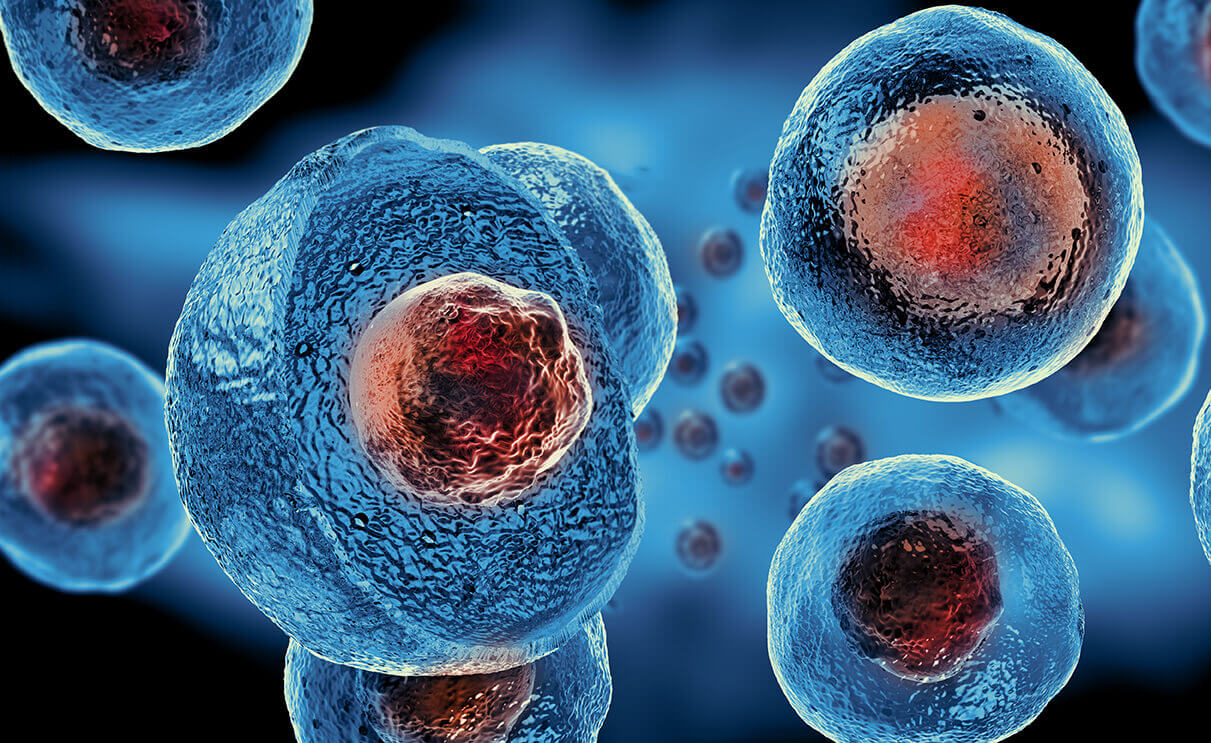Season 1: Cattle, Chapter 2: Milk
By Miko Rimer, Y 11
Welcome back foodies! The following articles under the title Food of the Future will cover sustainable foods. 20 years from now, they might become a substitute to the native, environmentally degrading, processed foods. For pictures, as well as abridged versions of these articles, go check out my Instagram handle: @inandoutgeneva

On the same note as last chapter, I am trying to find alternatives and substitutes in Geneva for the cattle industry’s unsustainable foods, namely milk alternatives, such as rice, soy, almond and oat. Although scientific study suggests lower greenhouse emission in the production of plant-based milks than for dairy milk, there are still factors that must be put under the spotlight. This is due to the scale of land and water used to grow such alternatives. Producing a glass of cow milk every day for a year requires 650 (sq m) of land, which is more than 10 times as much as the amount of oat milk that could be produced in the same area. Rice, soy and almond milk may require less land than oat, with rice milk being at the lowest, but are still land-intensive. Another negative factor in producing vegan milk is the water used. Cow diary milk requires approximately 113 litres of water per glass. Almond milk, which requires the most water to produce among the alternatives, takes 74 litres of water/cup. Significantly lower, soy milk requires only 60 litres of water per glass and rice milk — 54 litres of water per glass. Finally, oat milk requires as little as 11 litres of water per glass, making it nearly 10 times more water efficient than cow milk. Regardless of the ecological value, milk is generally regarded as a primary source of protein and B12, where cow, soy, oat, almond and rice milk have approximately 8g, 7g, 3g, 2g, and 0g of protein respectively. While soy, almond, oat and rice milks are not naturally high in vitamin B12, they are usually fortified, making them an excellent source of this vitamin. On this note, we can ask ourselves: considering the ecological and nutritional impacts of these milks, which tastes the best?

Today’s options include Valflora’s ‘whole milk’, Ecomilk’s ‘almond milk’ (sugar free), Bonneterre’s ‘oat milk’, and Alnatura’s soy and ‘rice milks’. Once again, the cattle product (regular whole milk) is our constant variable. Regular cow-produced milk tastes creamy, heavy and has a slightly plastic taste. Soy milk, on the other hand, is very unpleasantly chalky, as if eating raw protein powder, and above all, the constancy is creamier than that of regular milk (which I oppose personally). In contrast, rice, almond and oat milk have a very similar texture, in that they are watery, with almond being the most watered down and oat — the least. Unsweetened rice milk, somehow, still tastes sweet, which, therefore, lowers its ranking. Almond milk has a strong nuttiness, which is surprisingly not masked by the watered-down natural sweetness and silky texture of the milk. Finally, lo and behold oat milk: everything I was looking for. Not explicitly sweet, light, thick and resembling cow’s milk to a large extent, while also having a delicious oat-y aftertaste. Overall, I would rank the alternatives to milk from worst to best: soy, almond, rice and best of all oat!
So, in conclusion, YES, I have decided to switch from regular milk to oat milk, as I personally prefer it.




